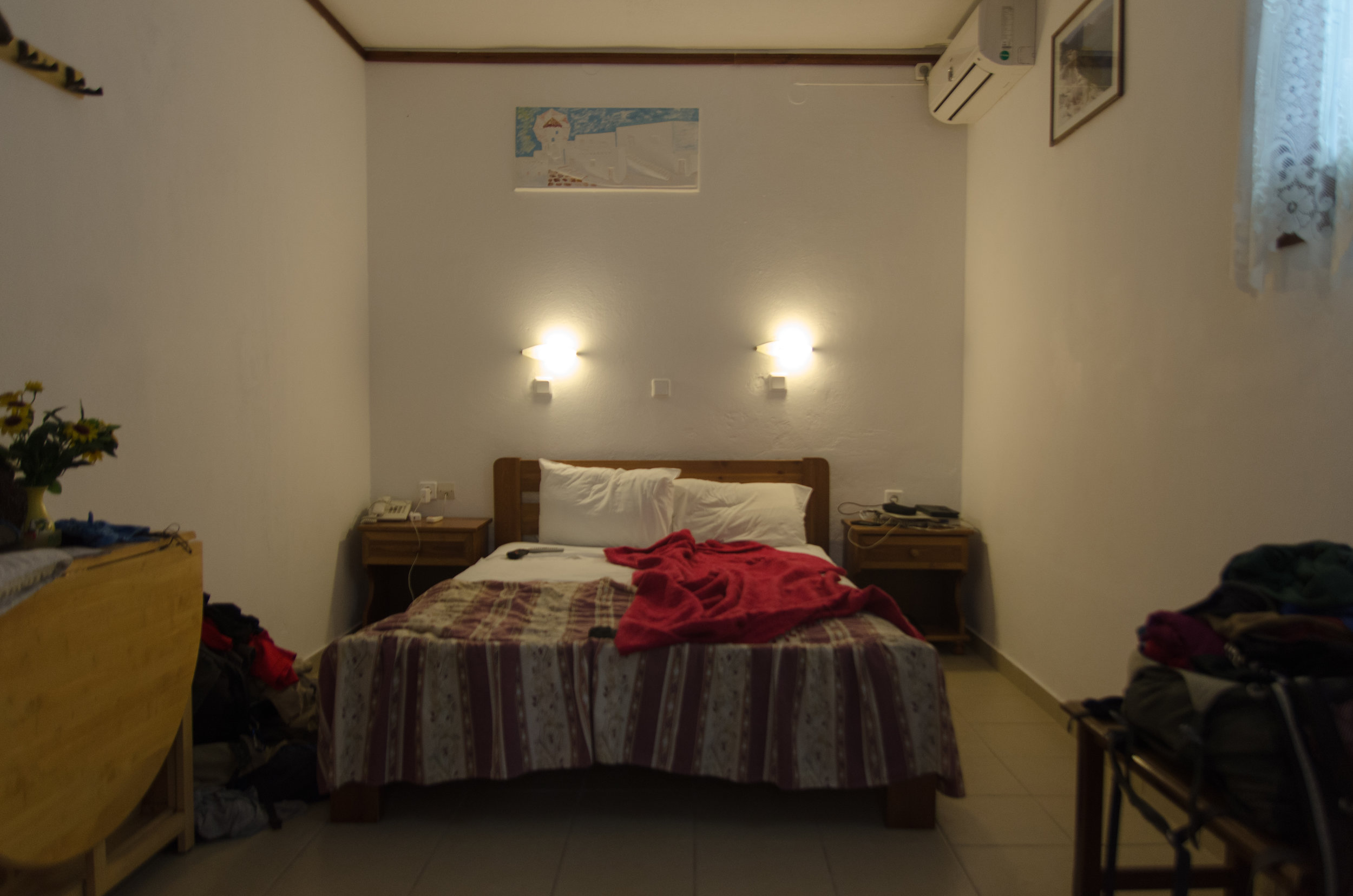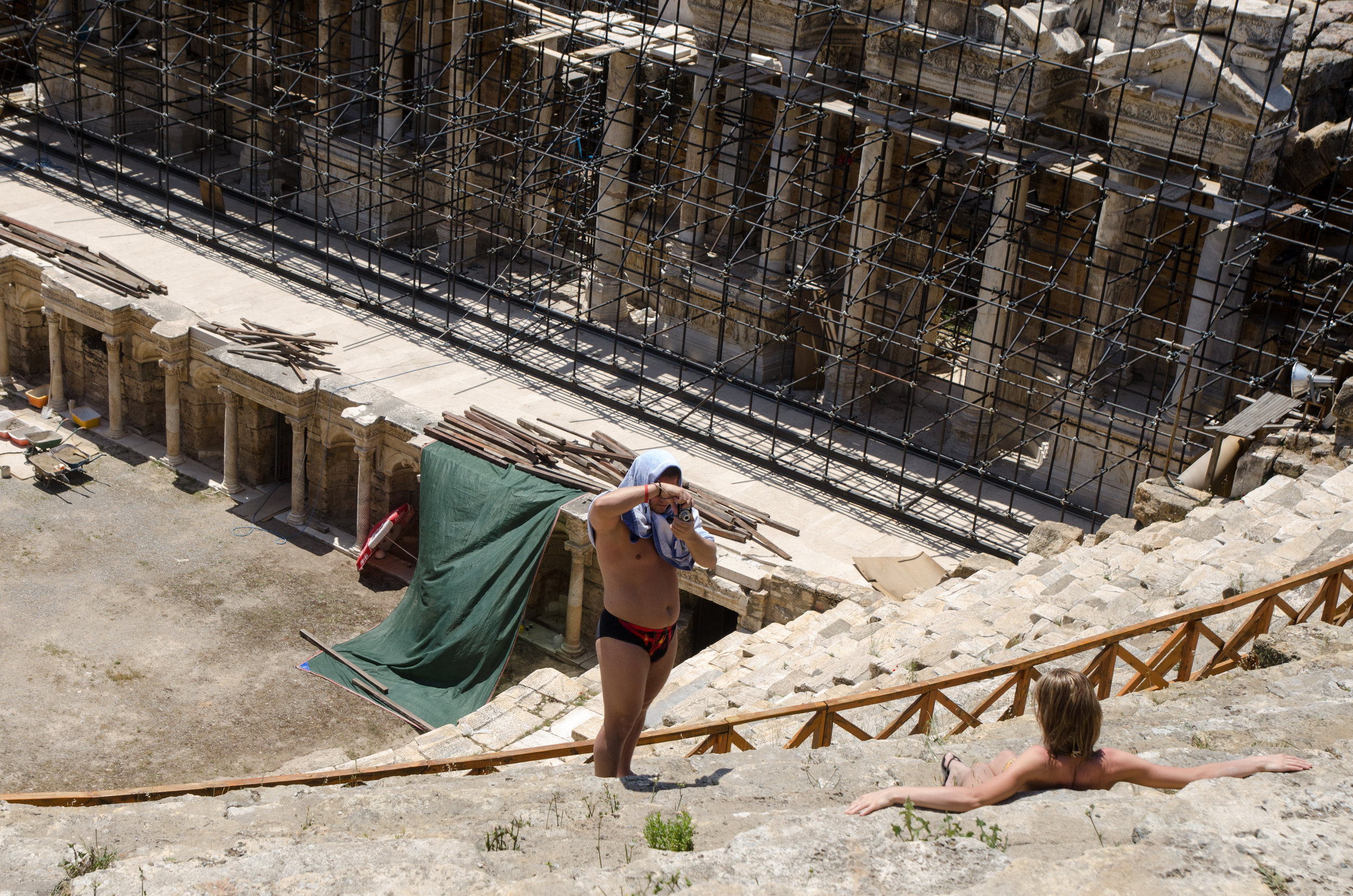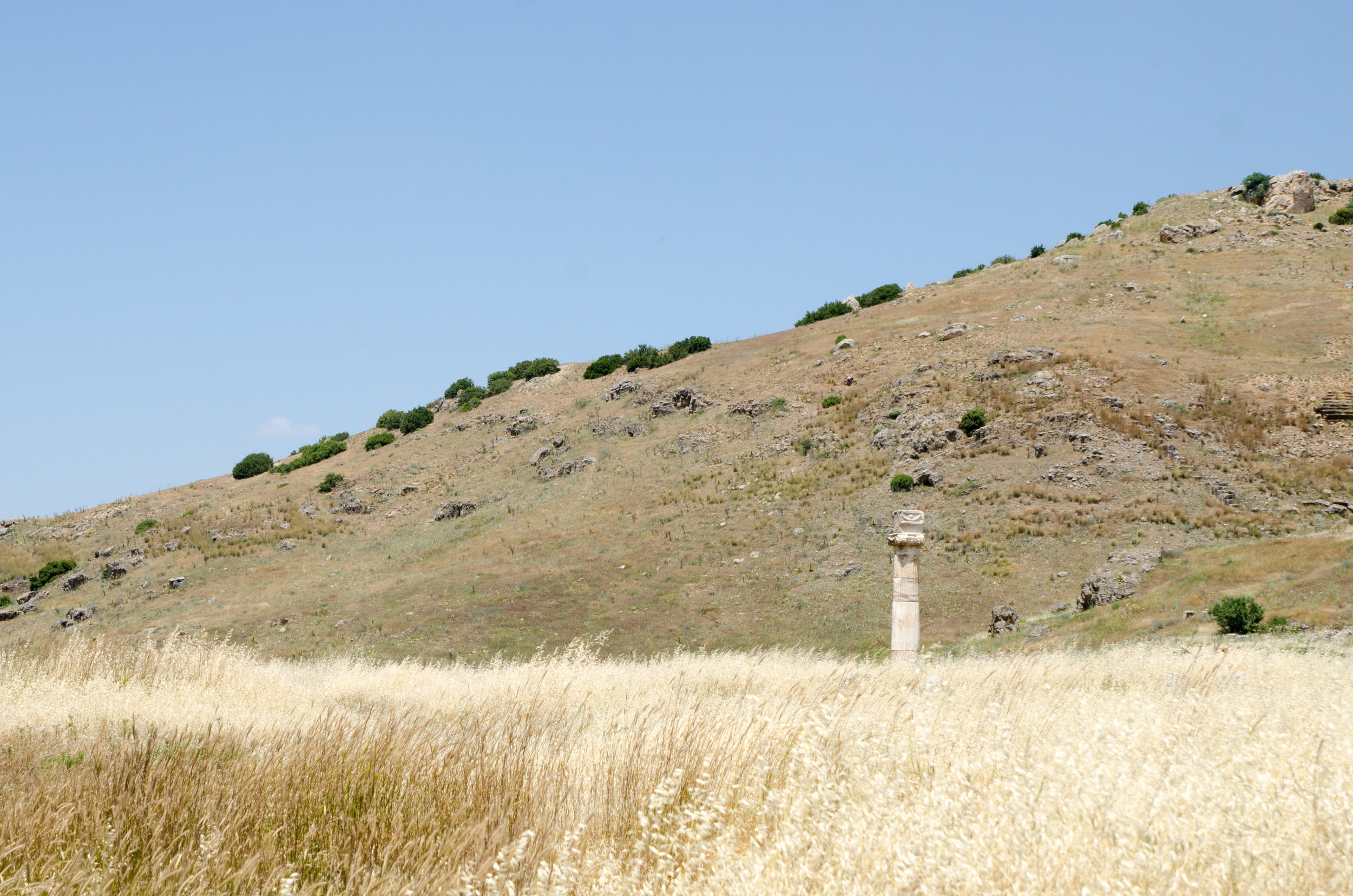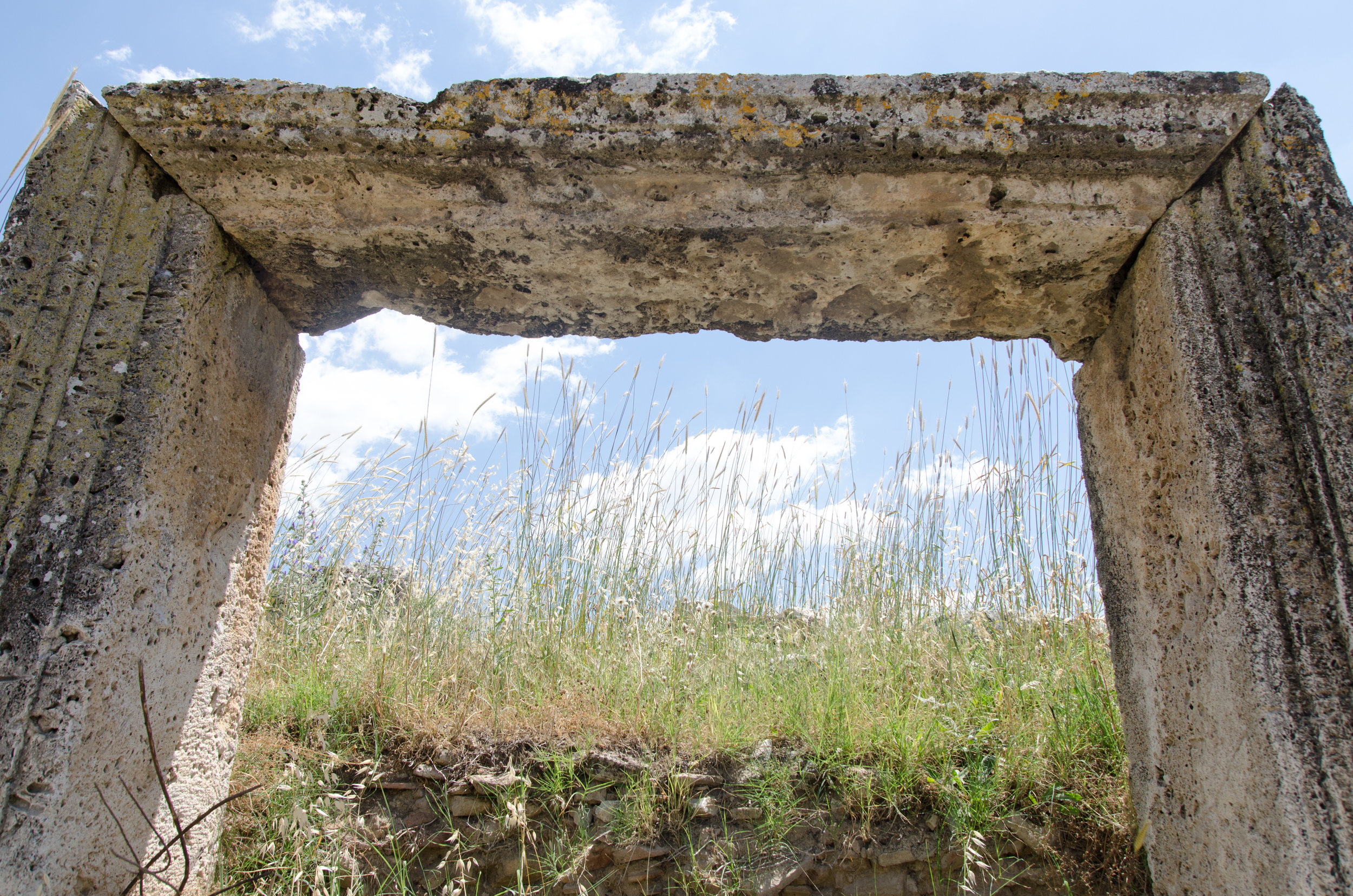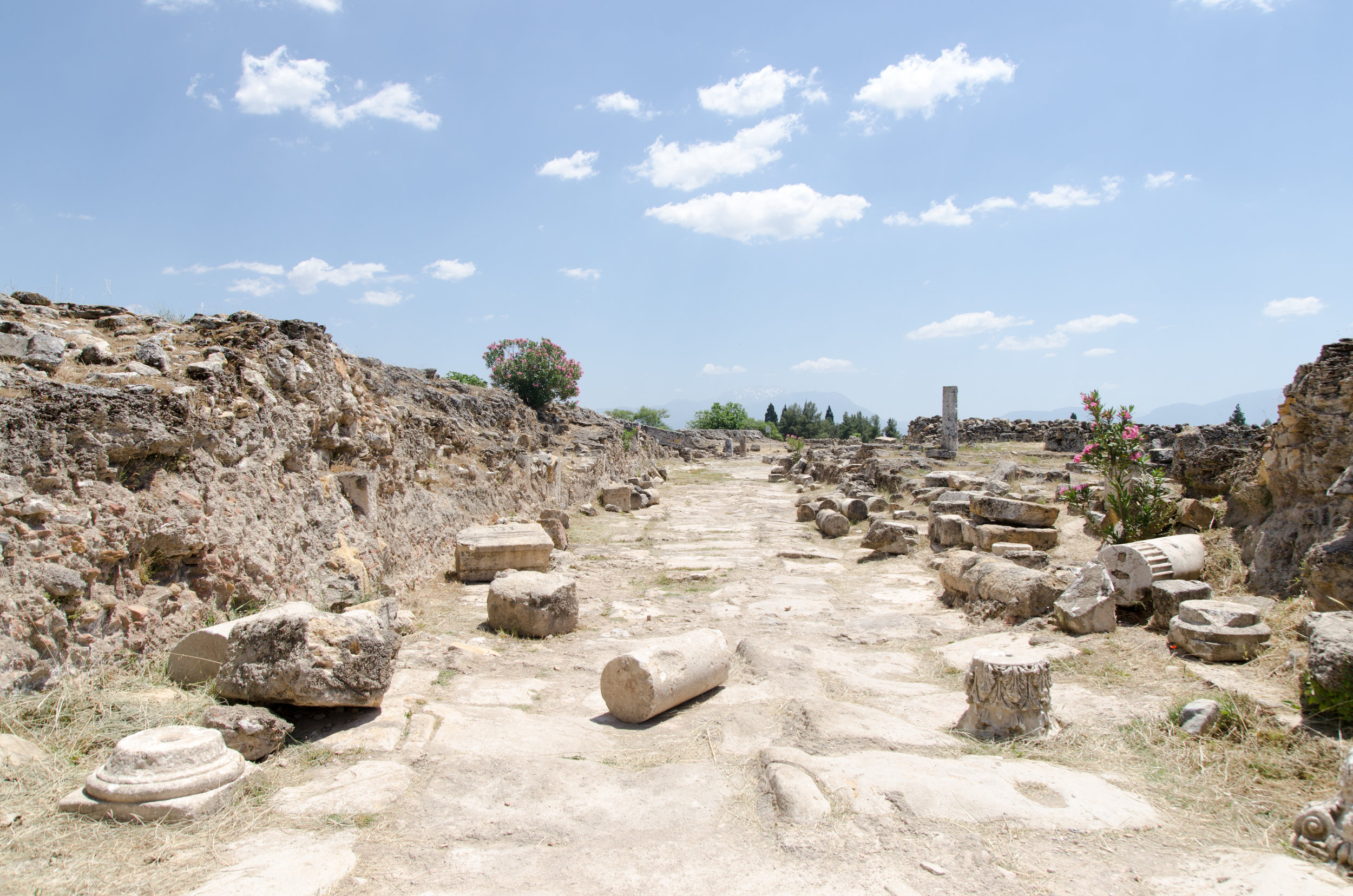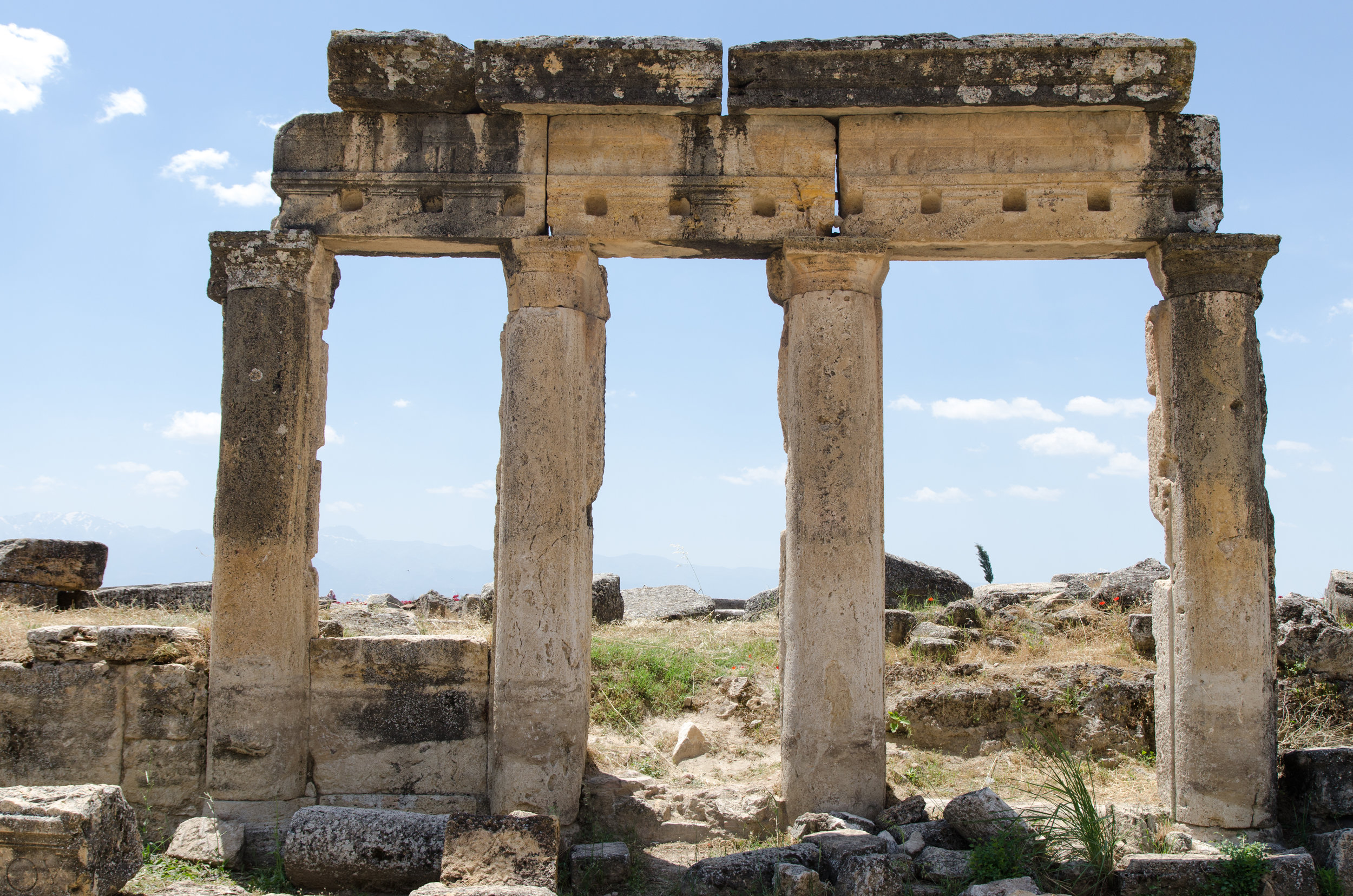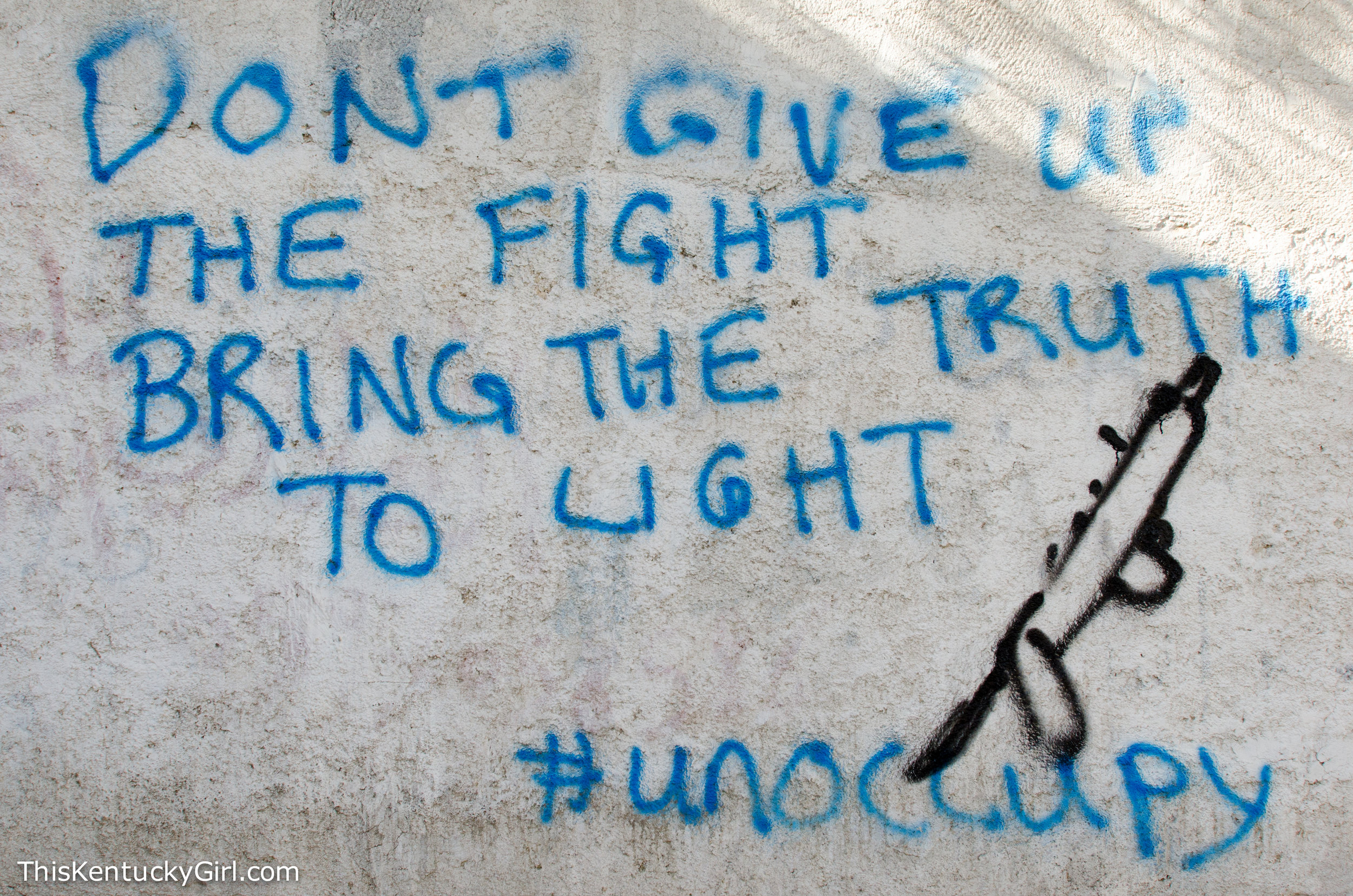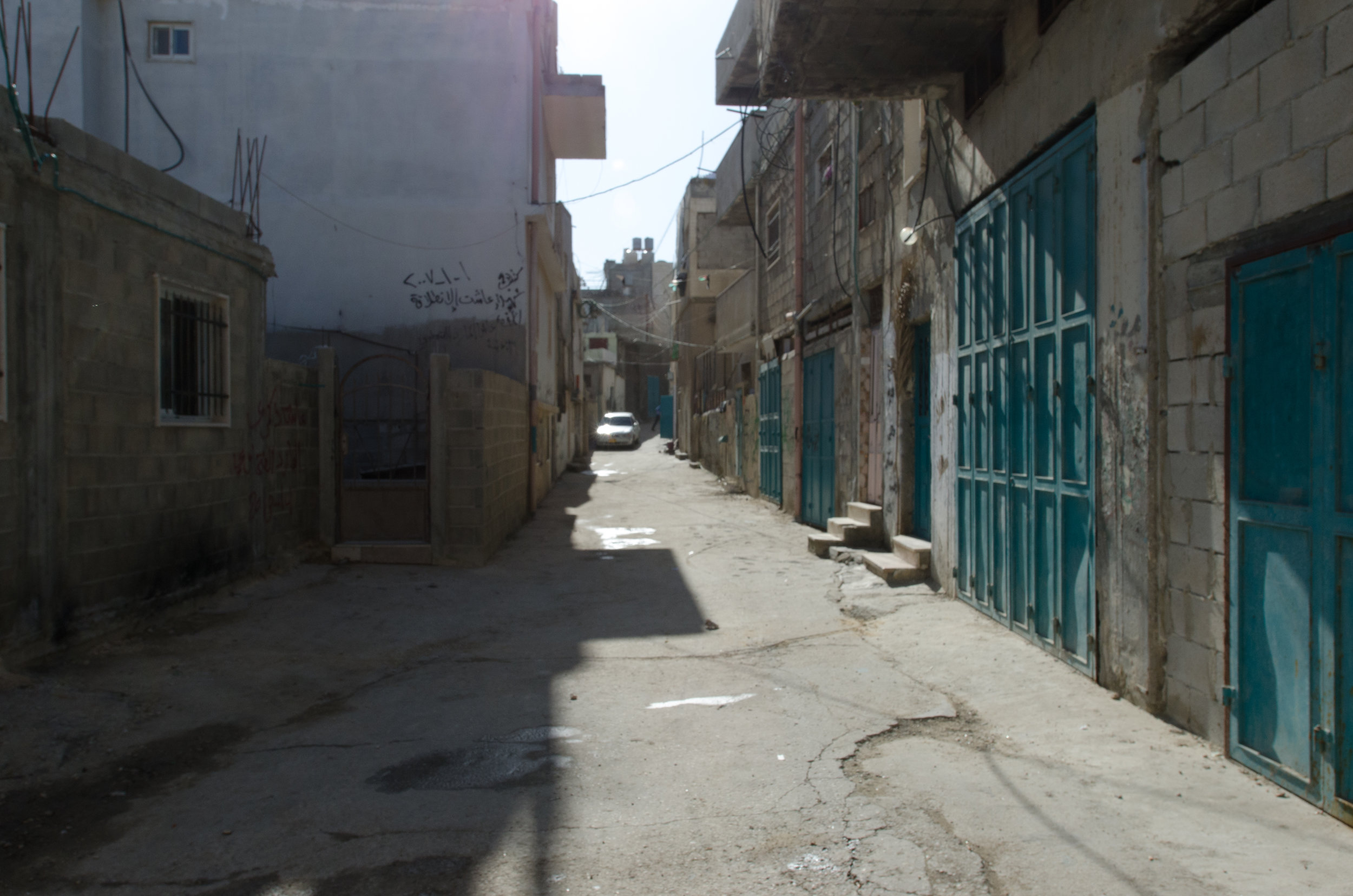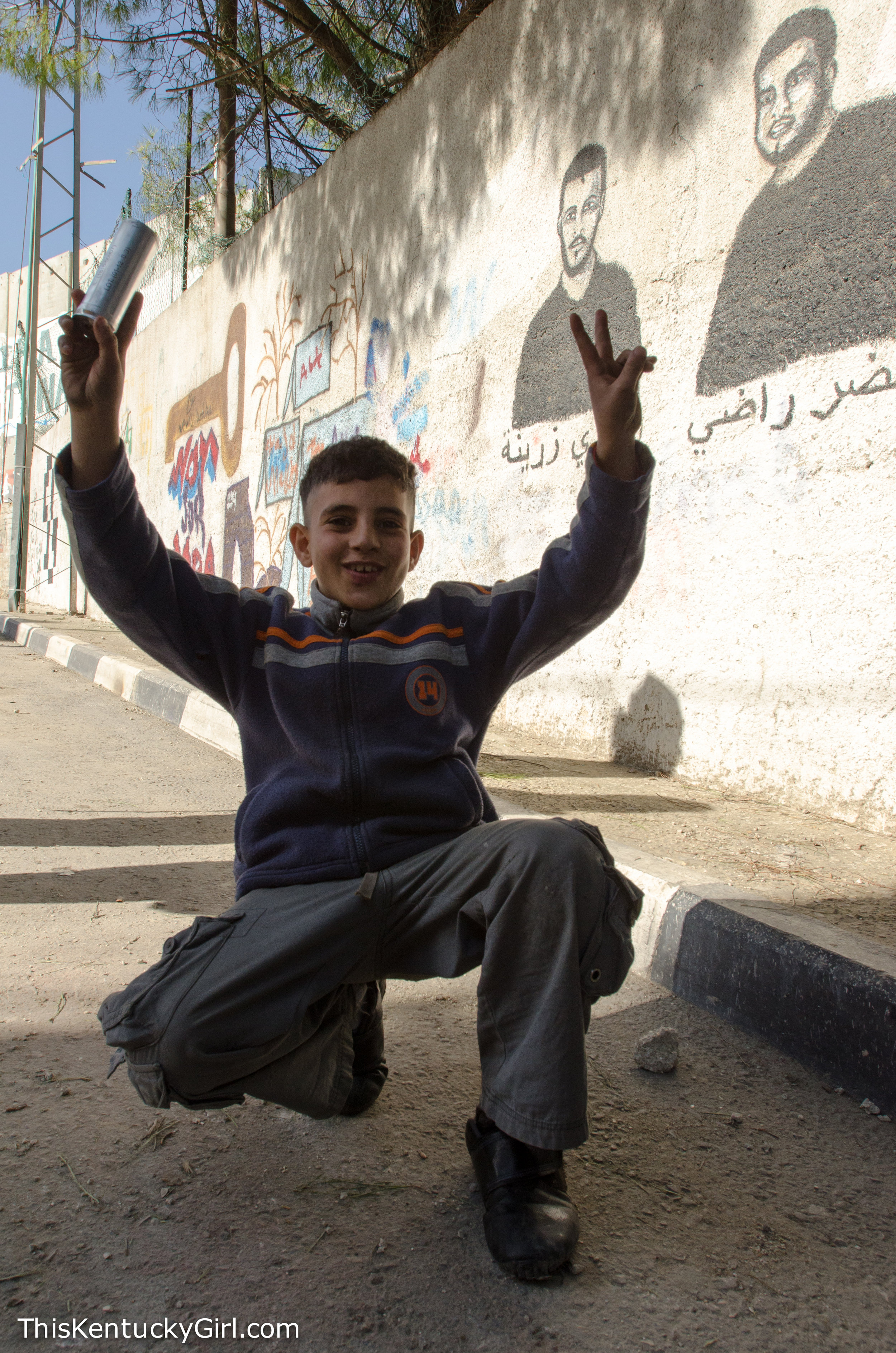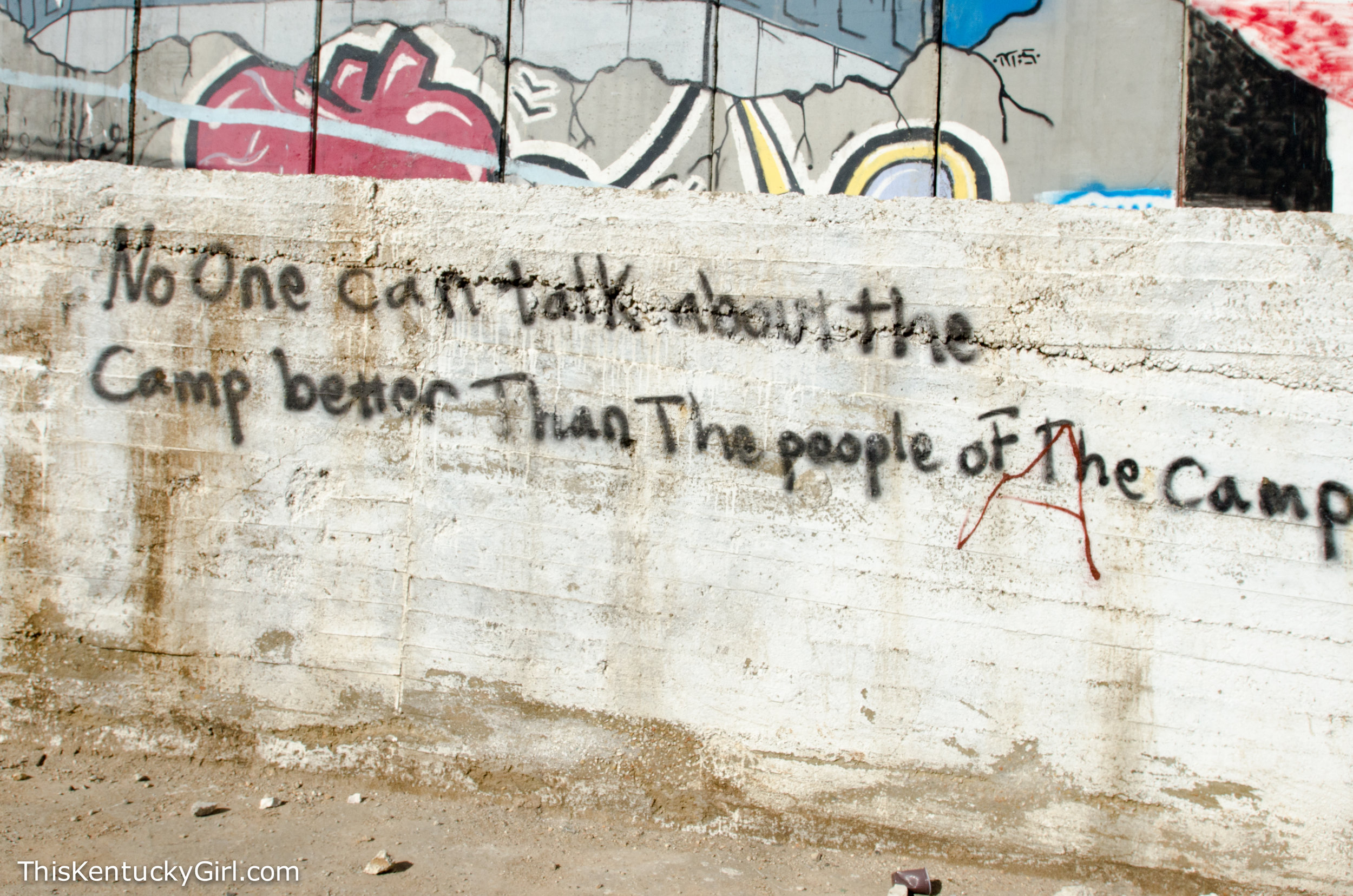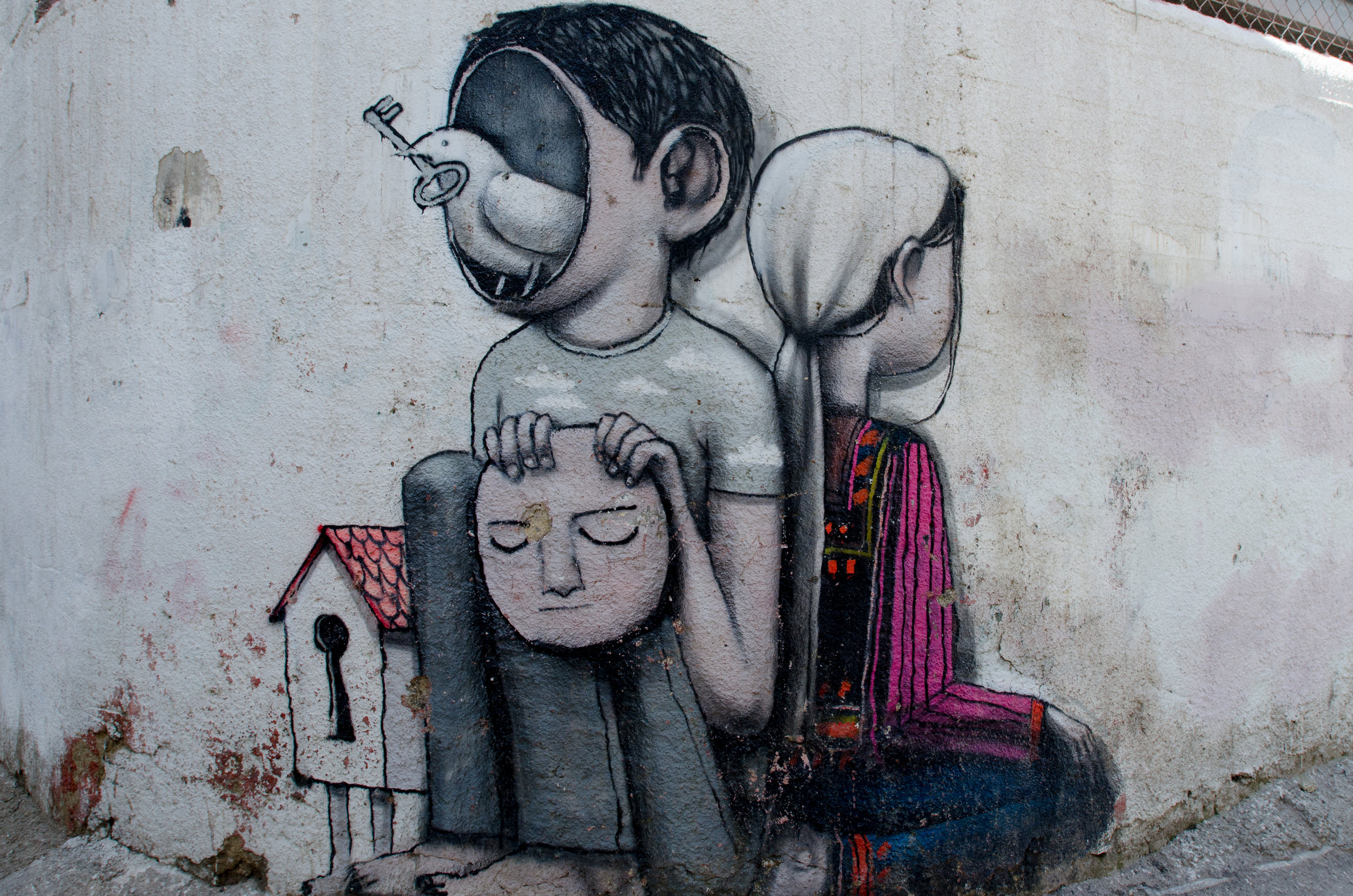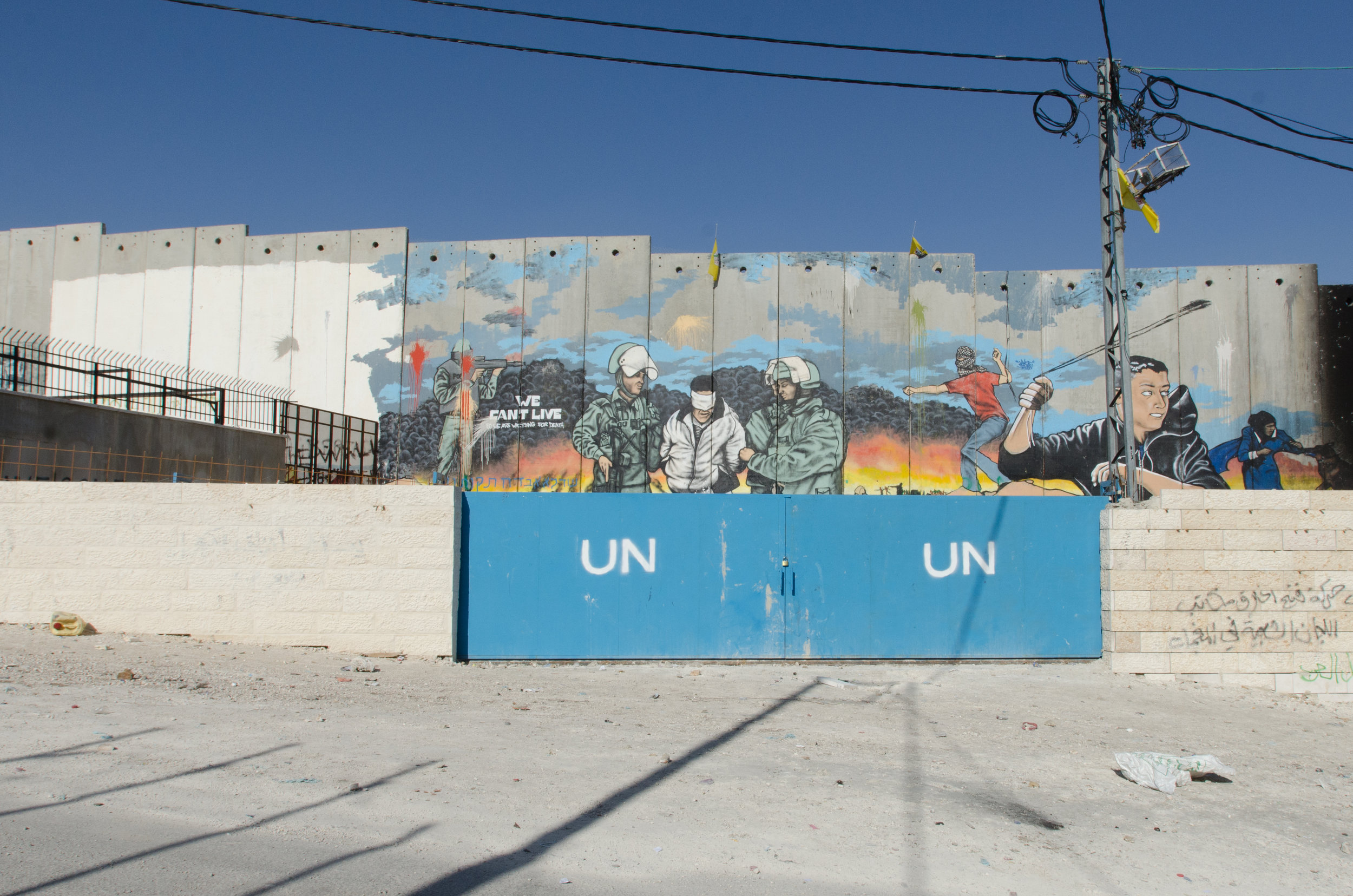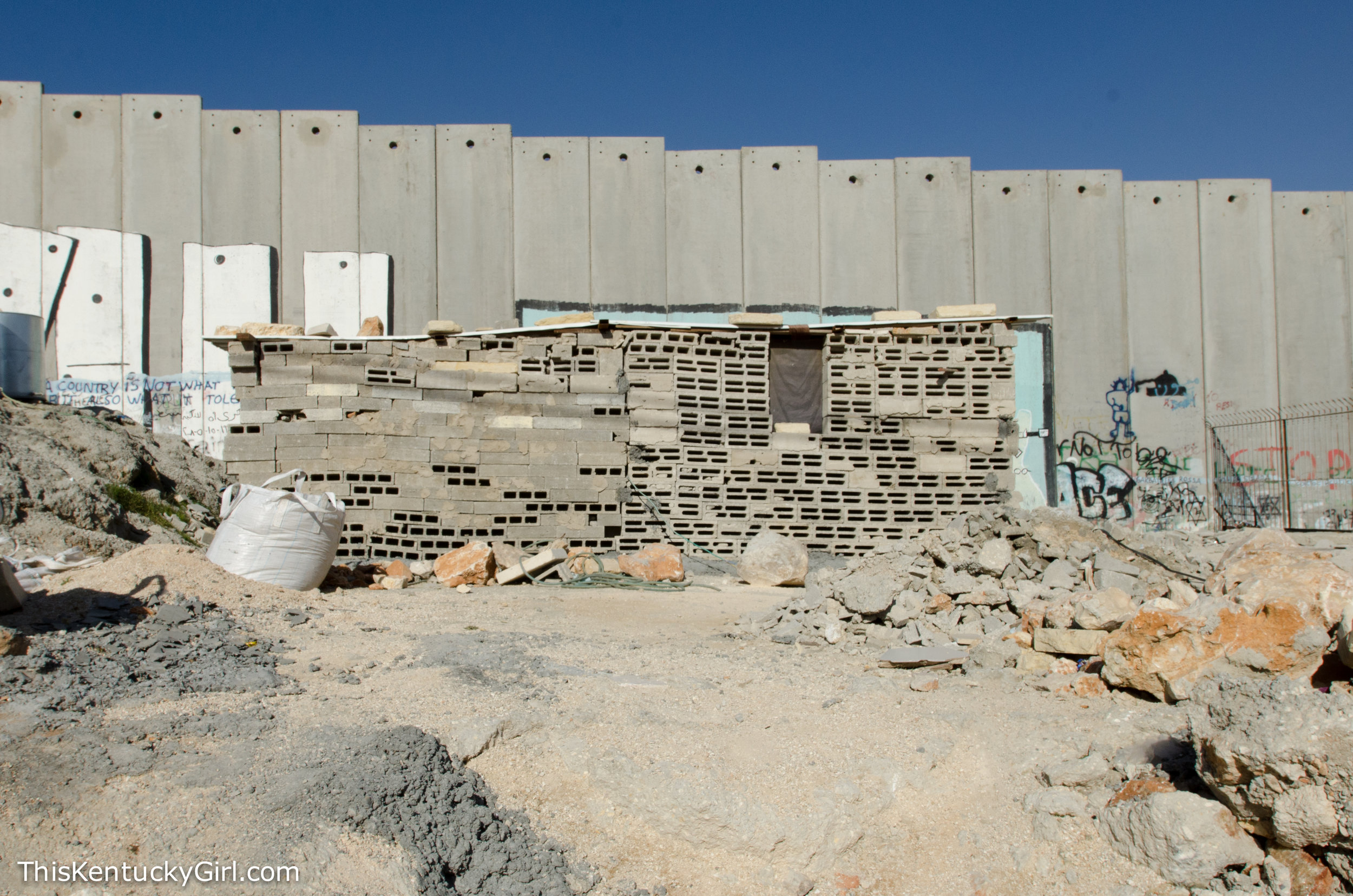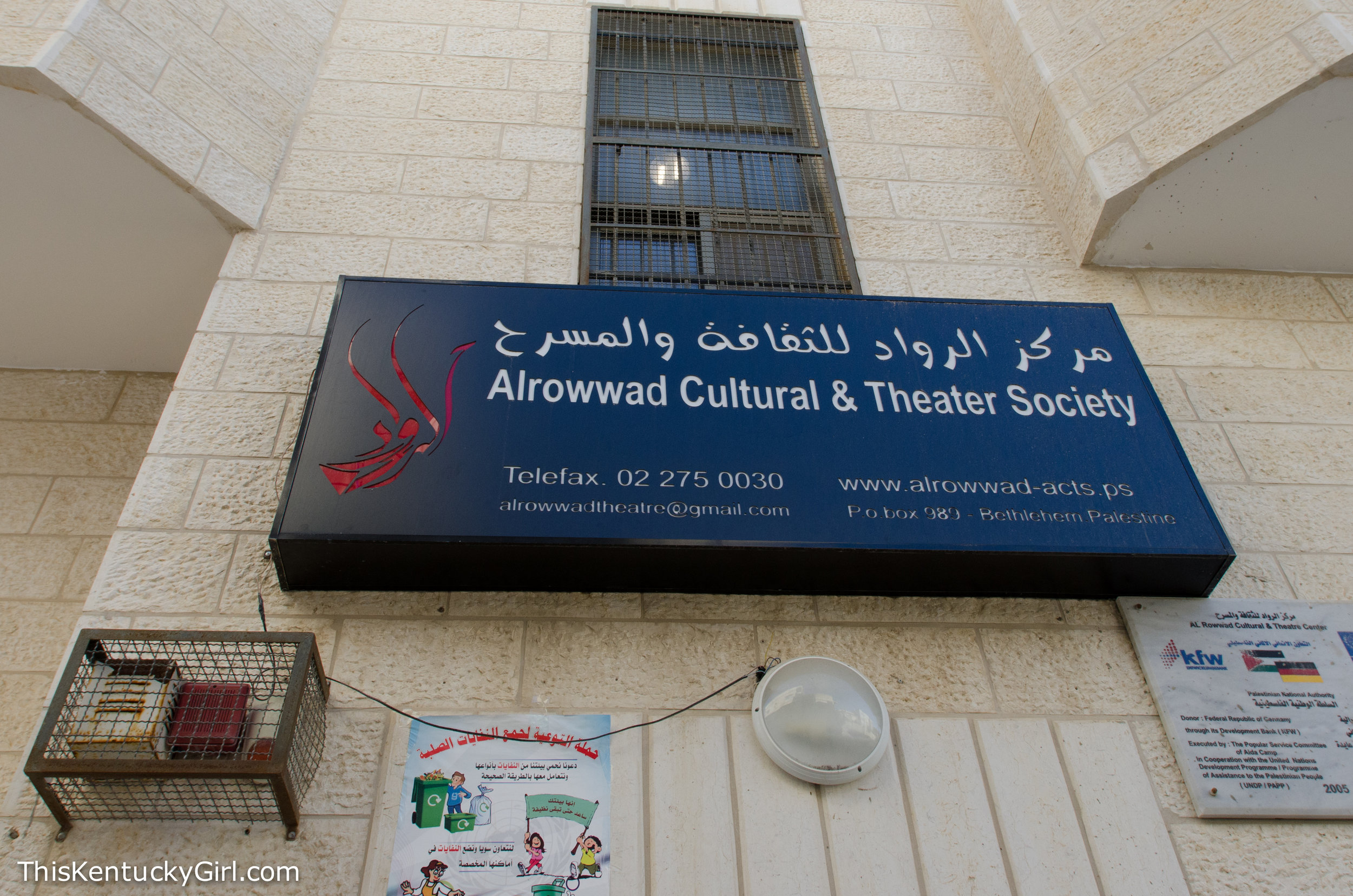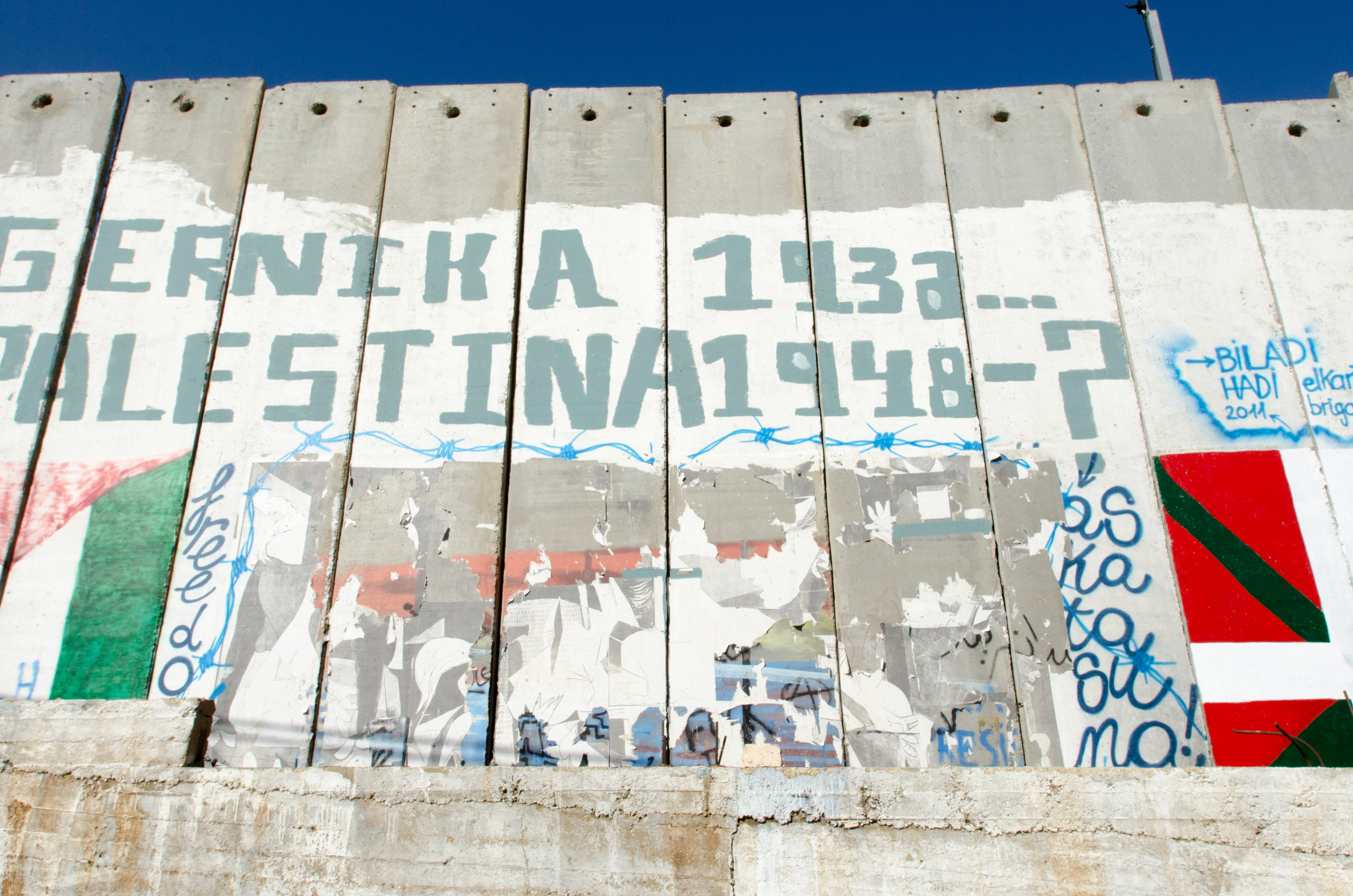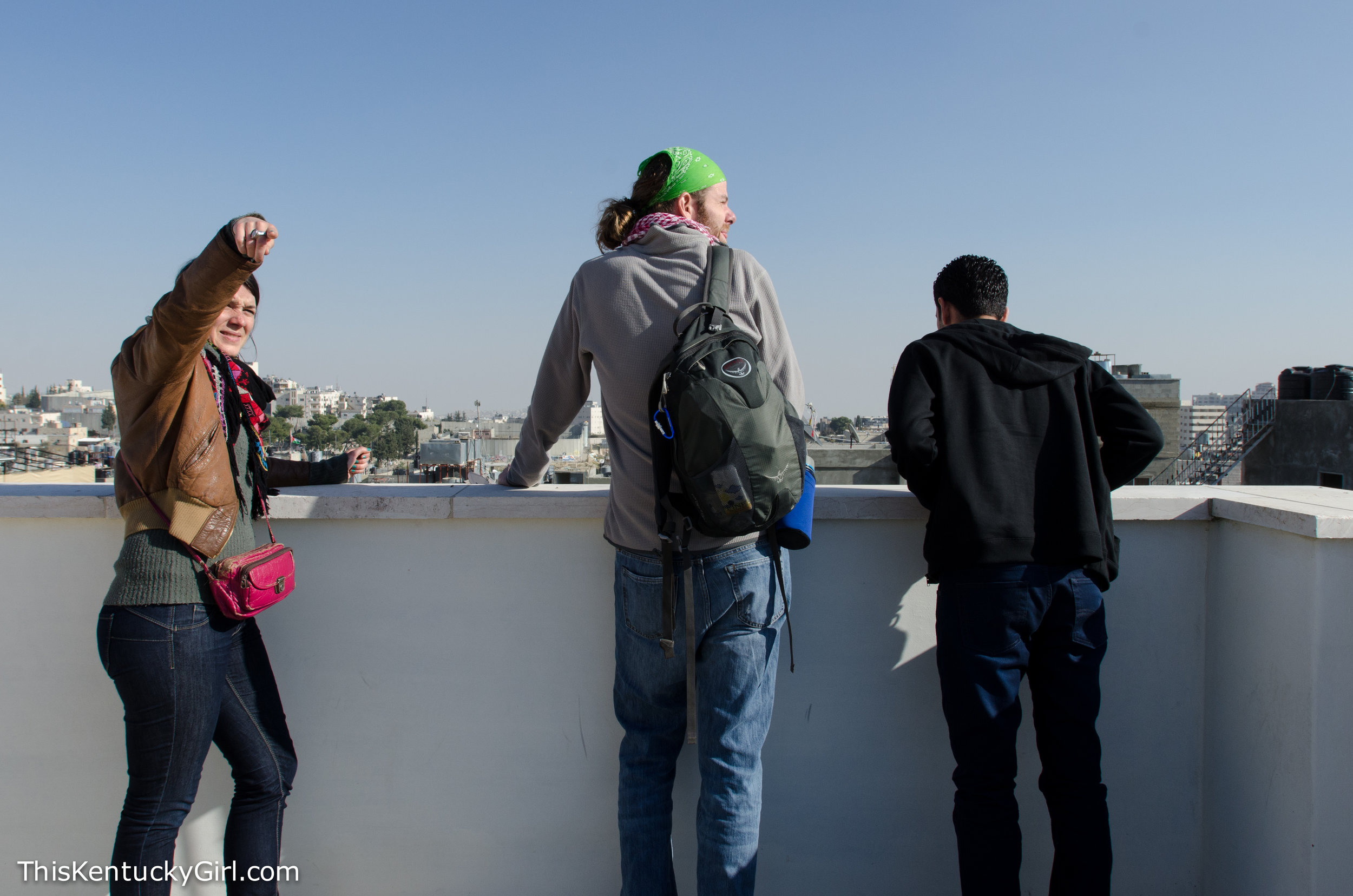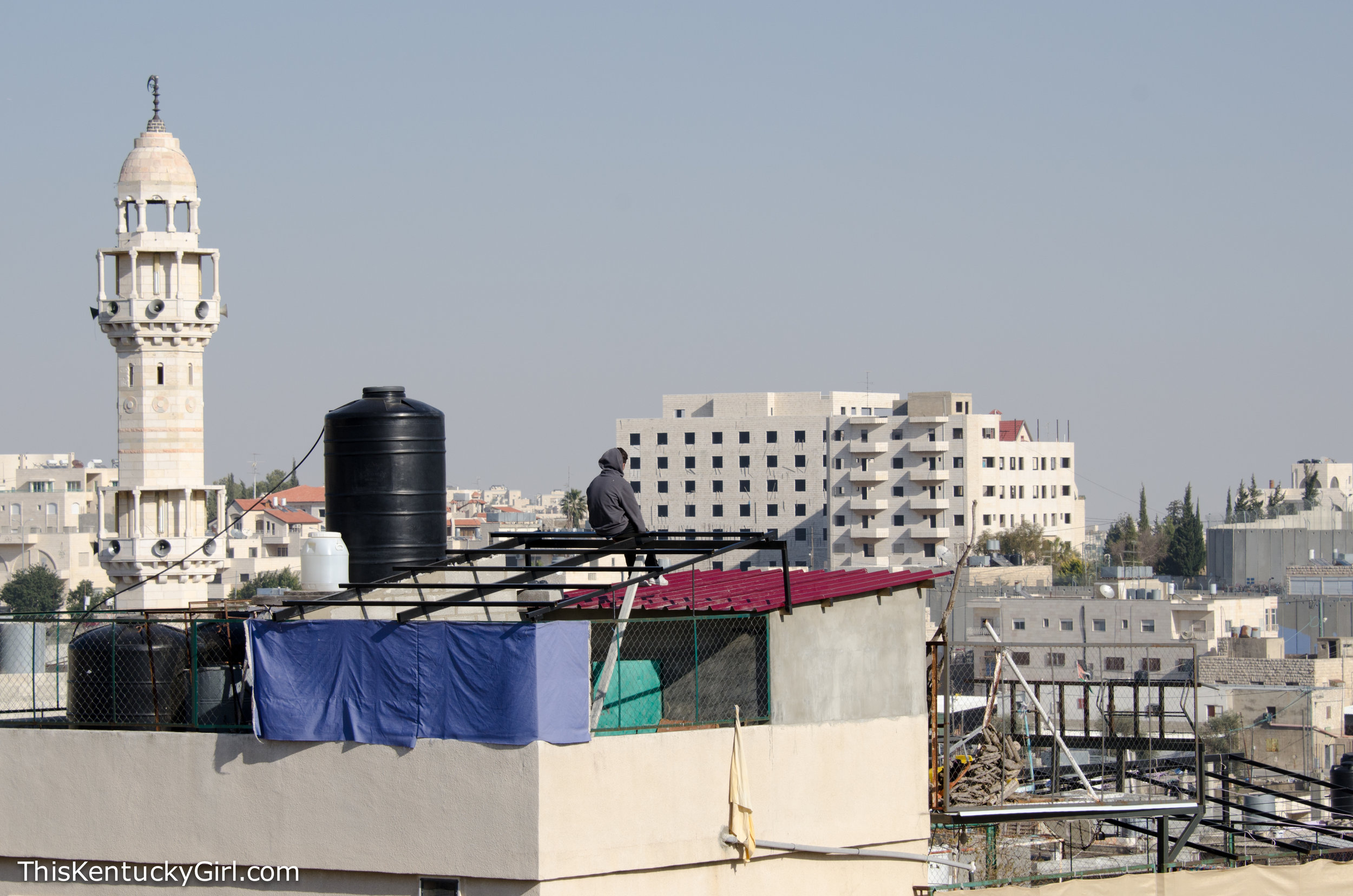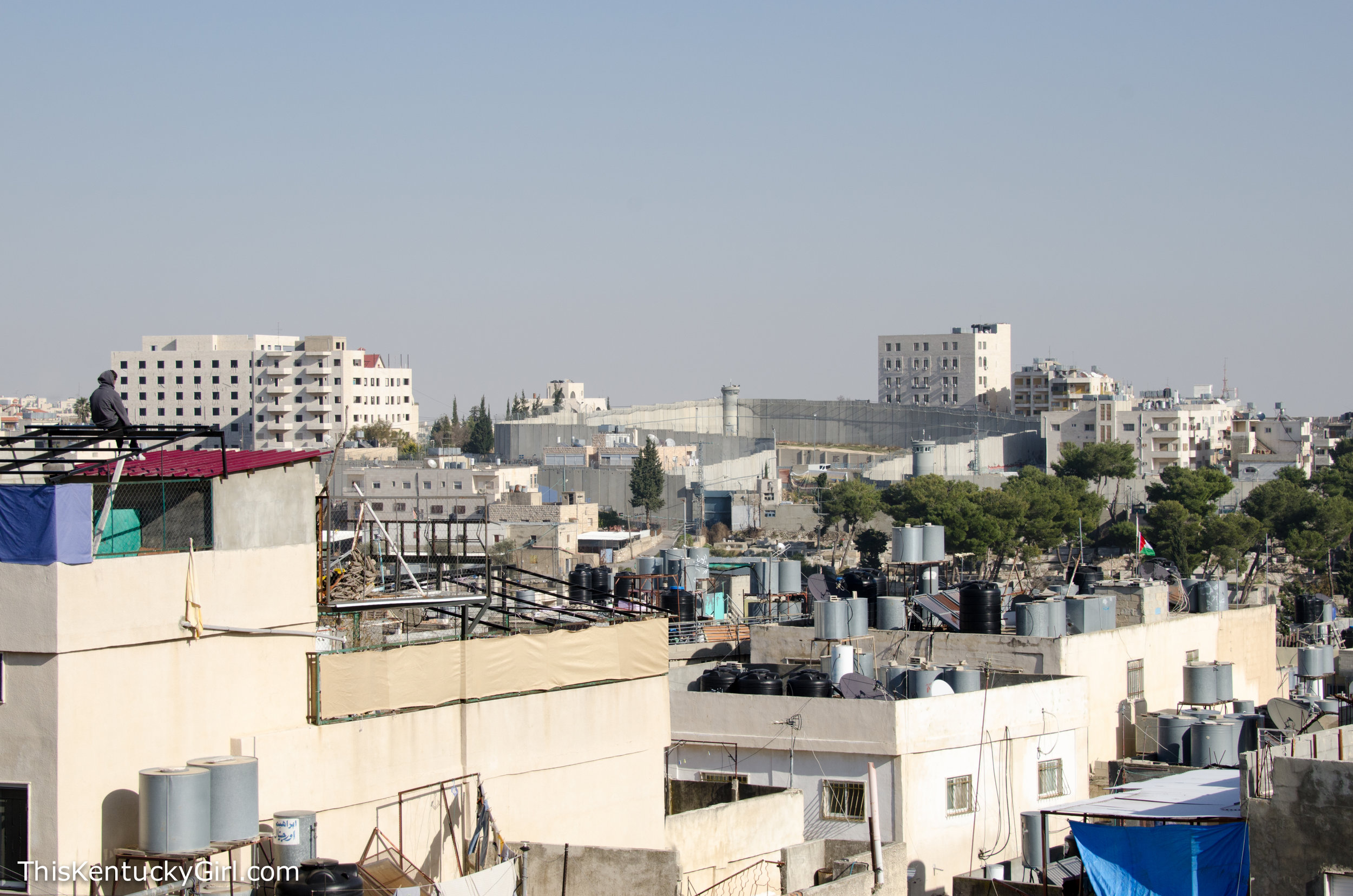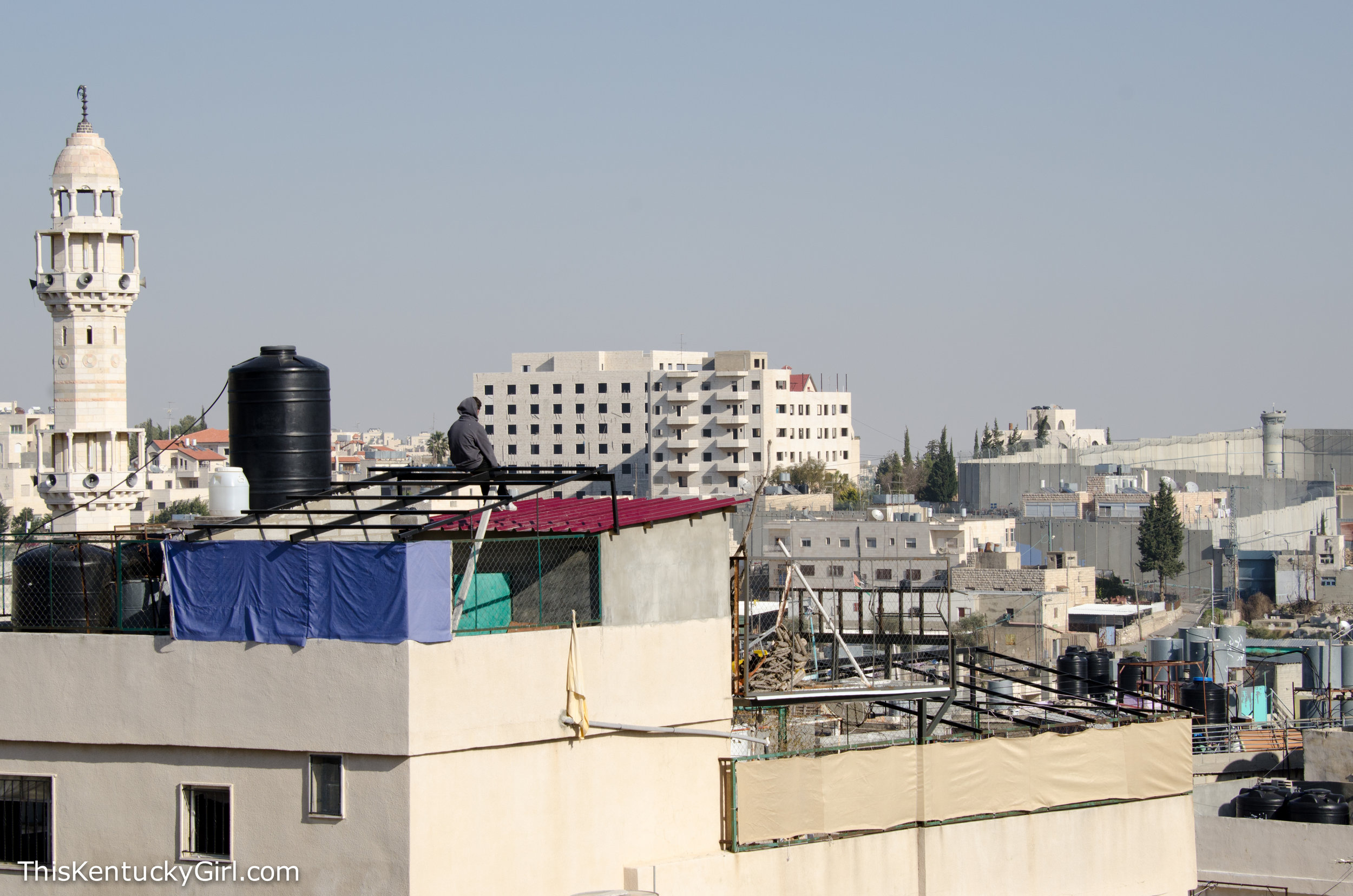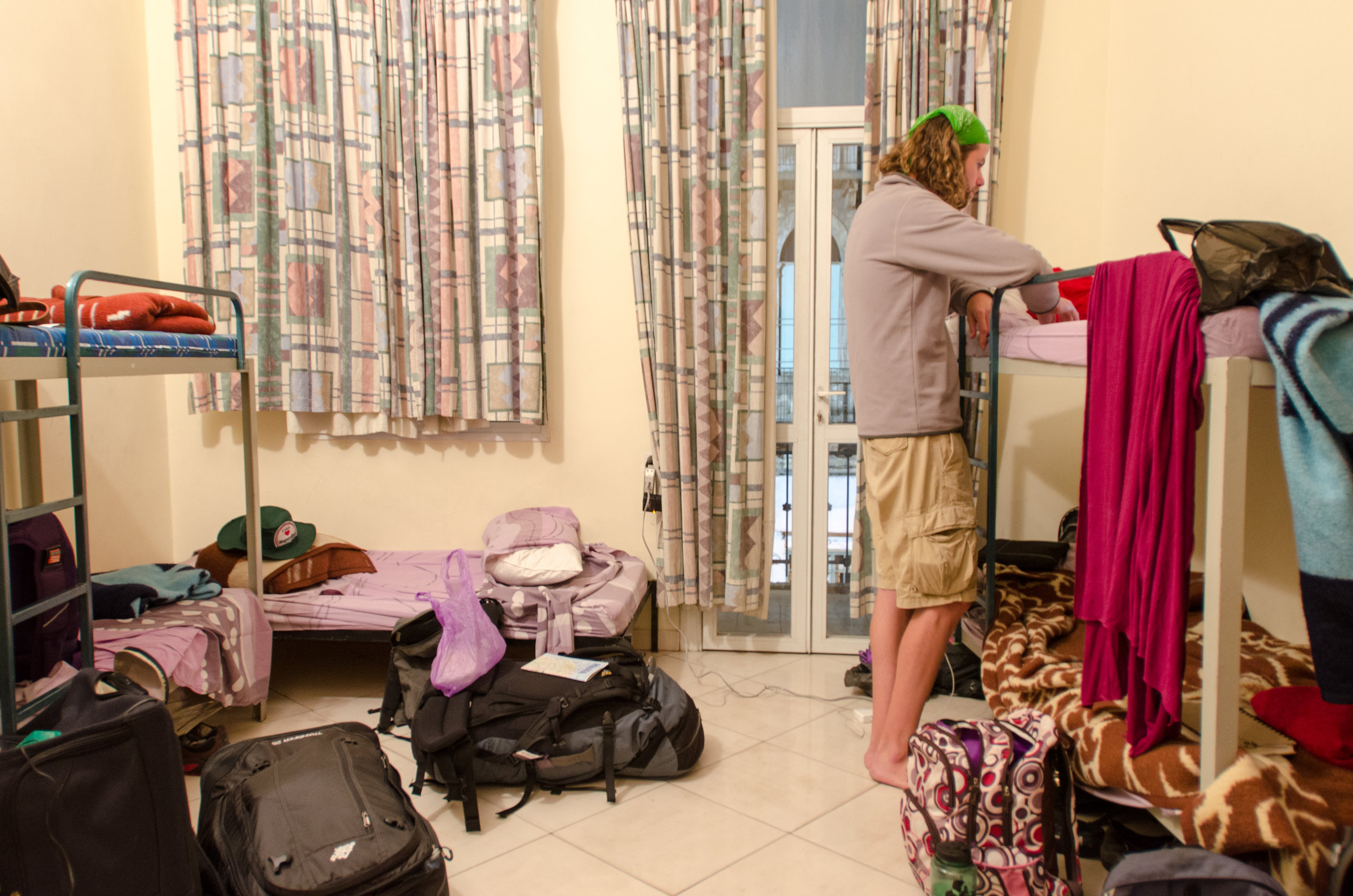We spent some of our day here, being as lazy as we possibly could before having a late lunch and then trekking to Thira by way of the local bus to catch another to Oia.
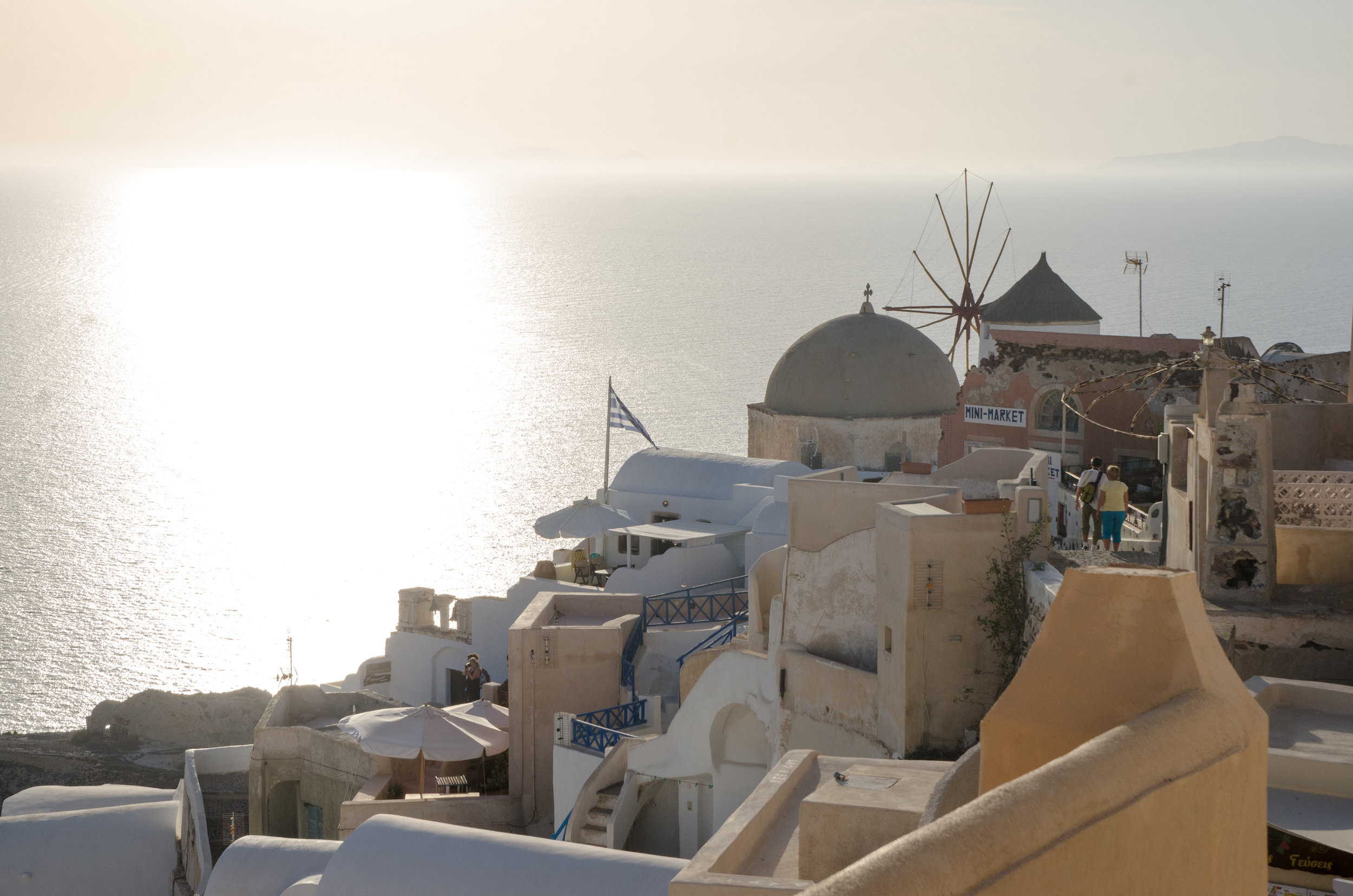
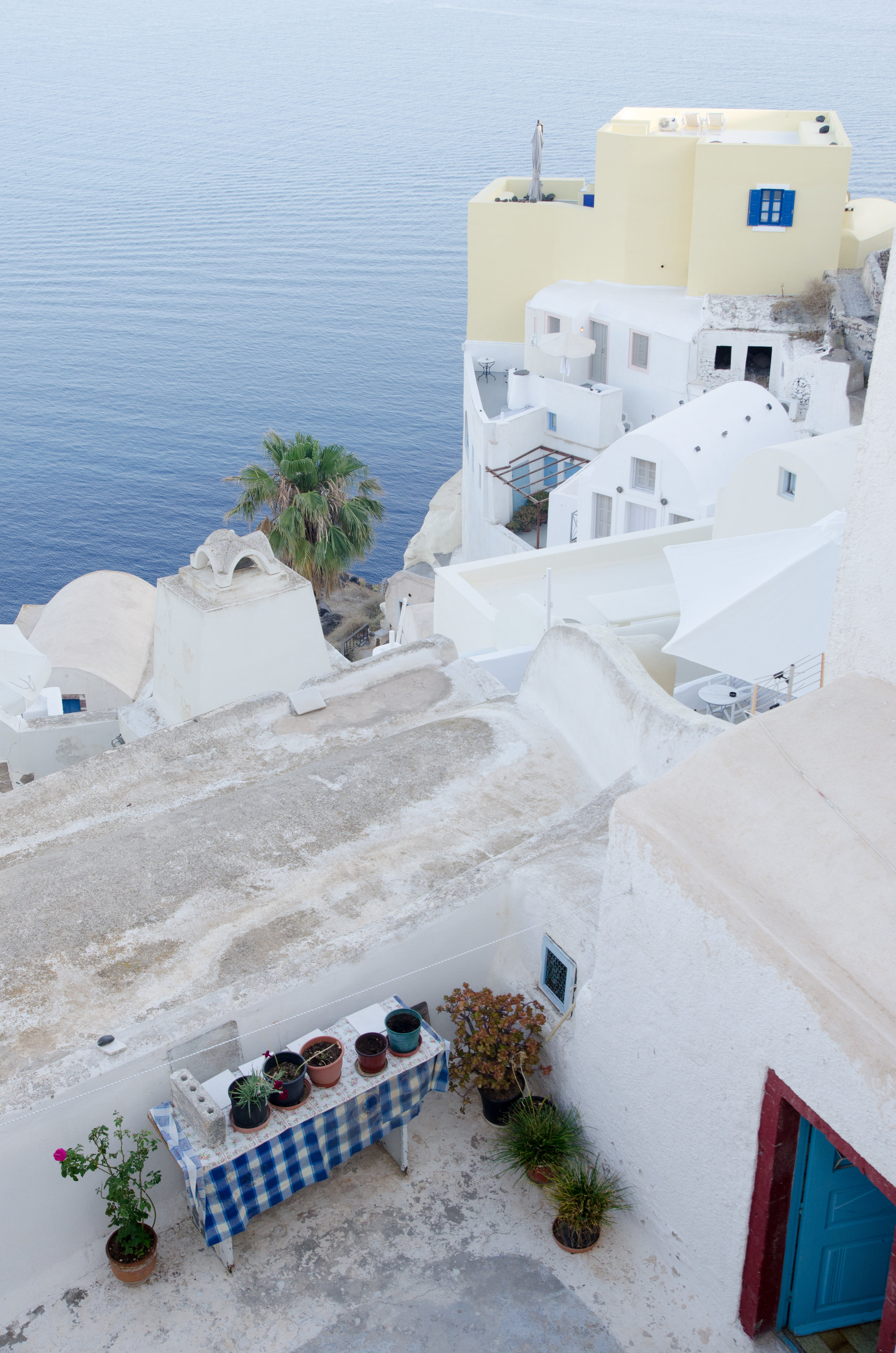

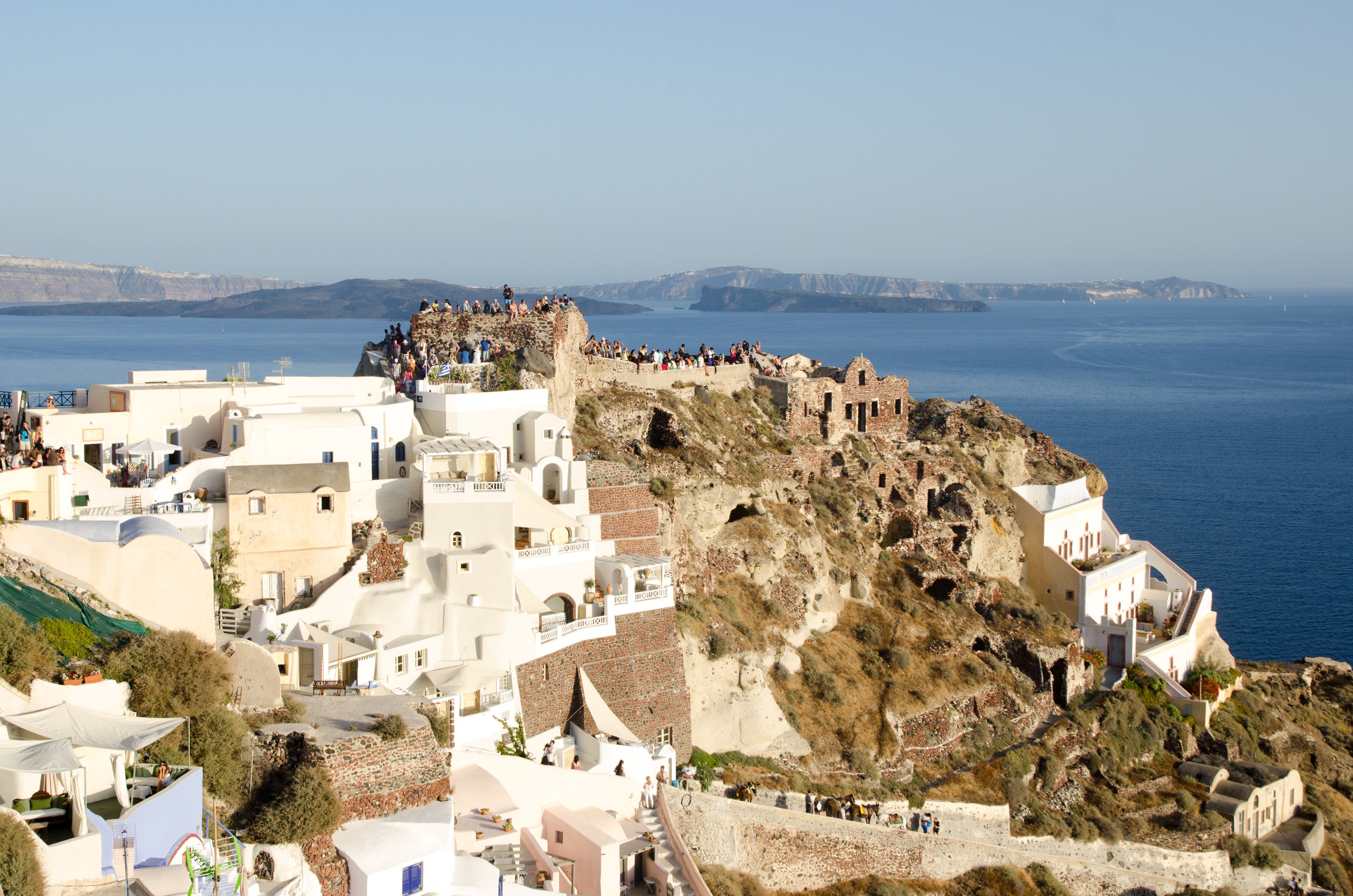
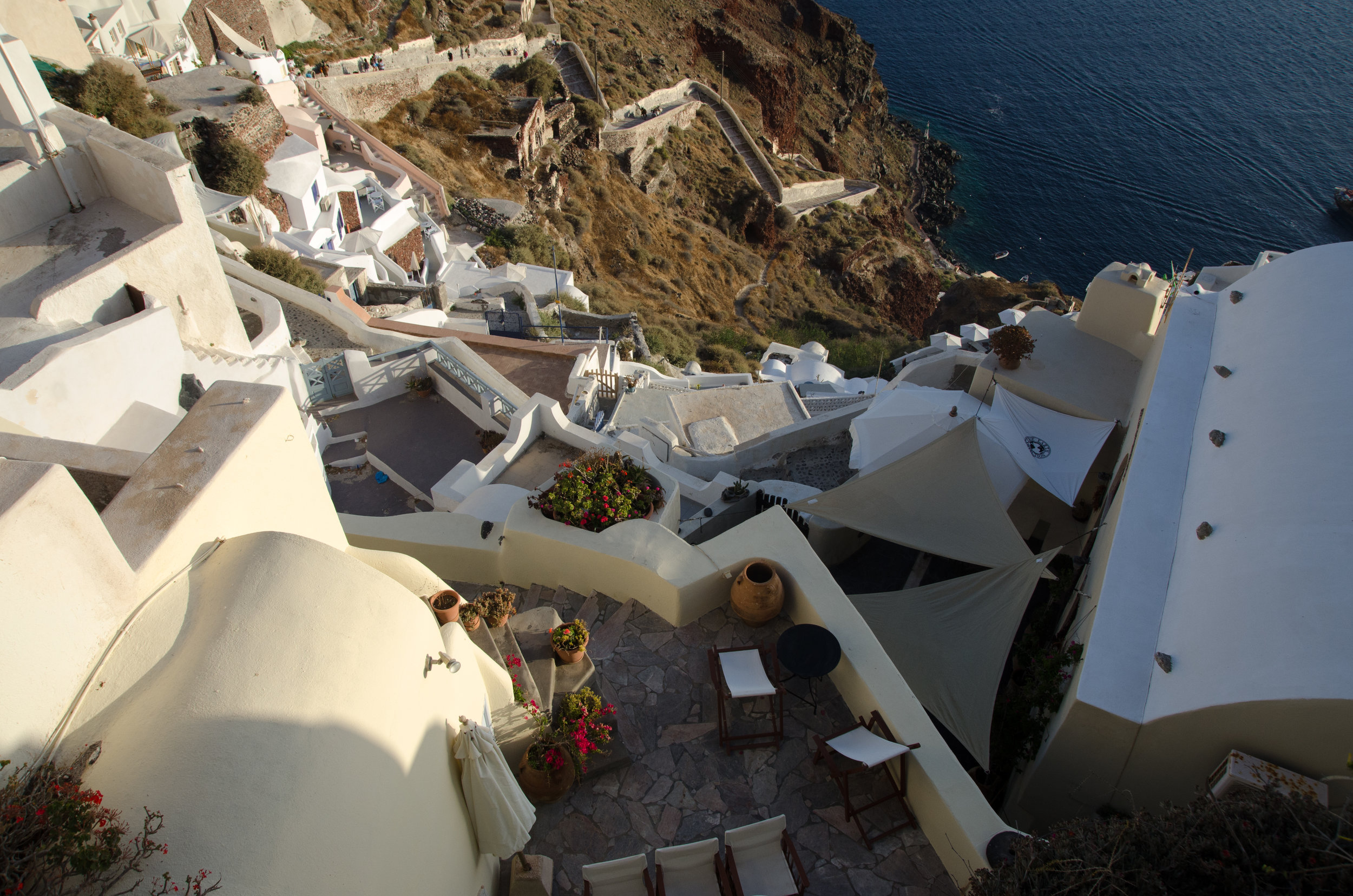
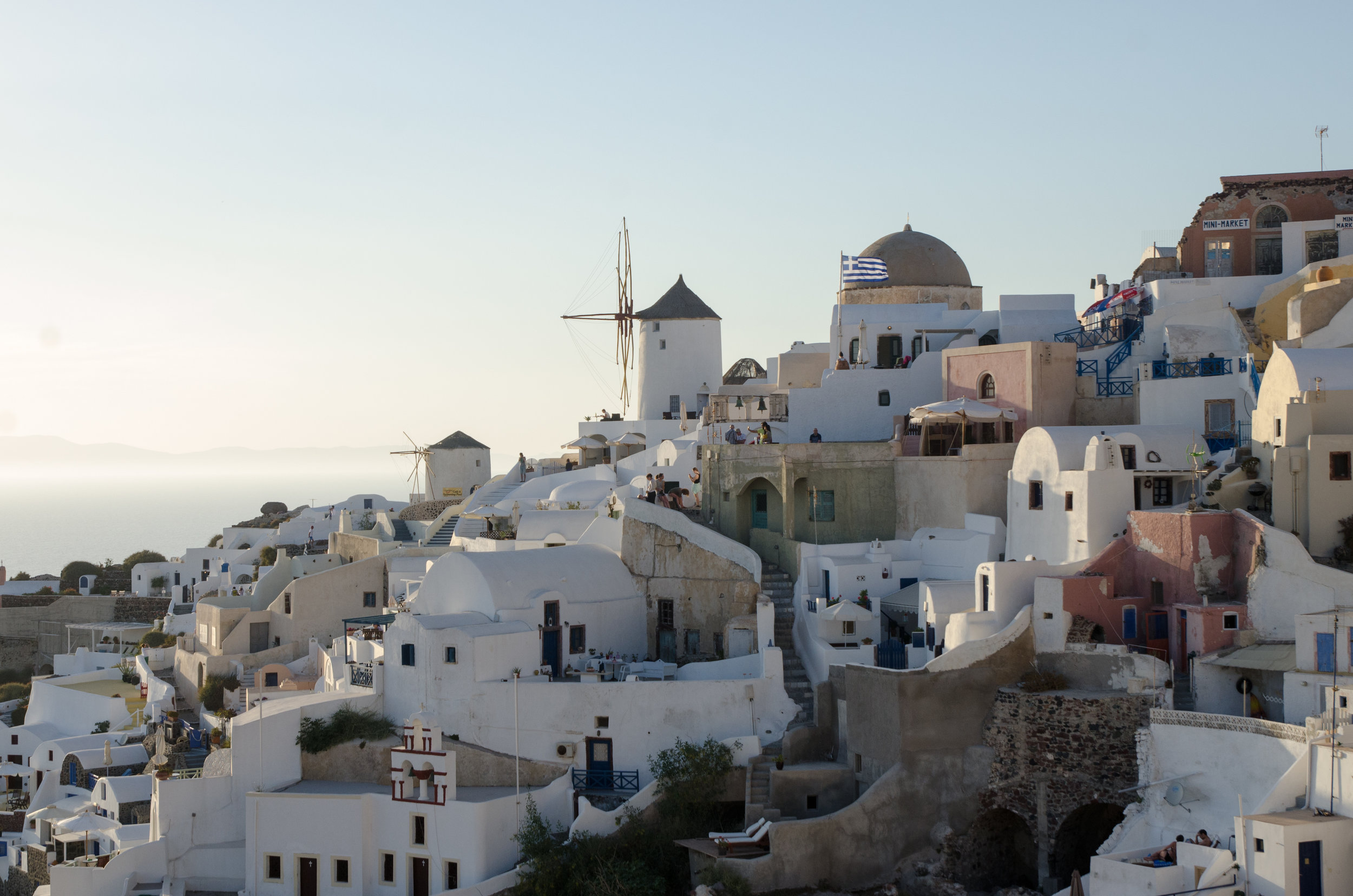
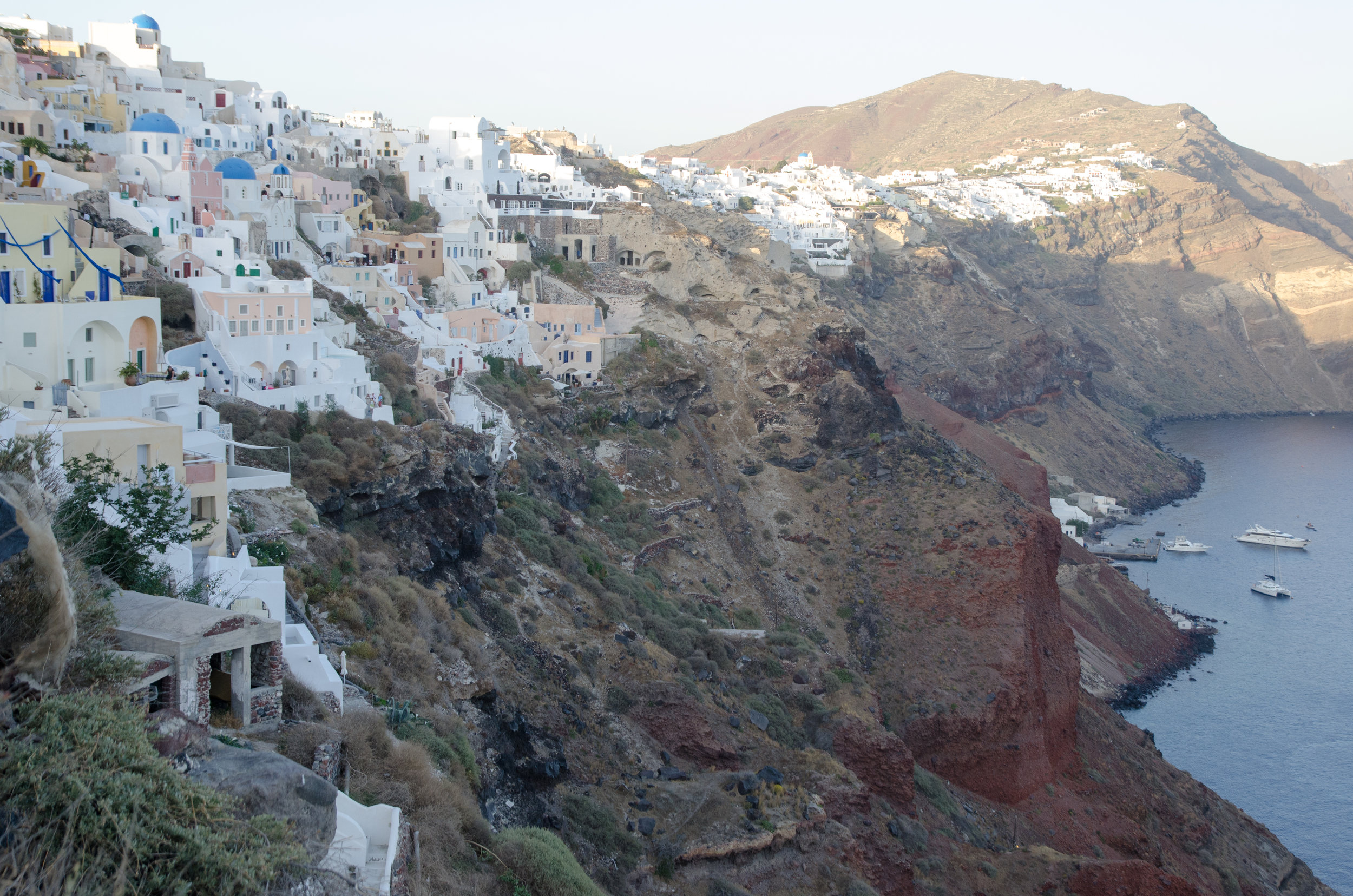
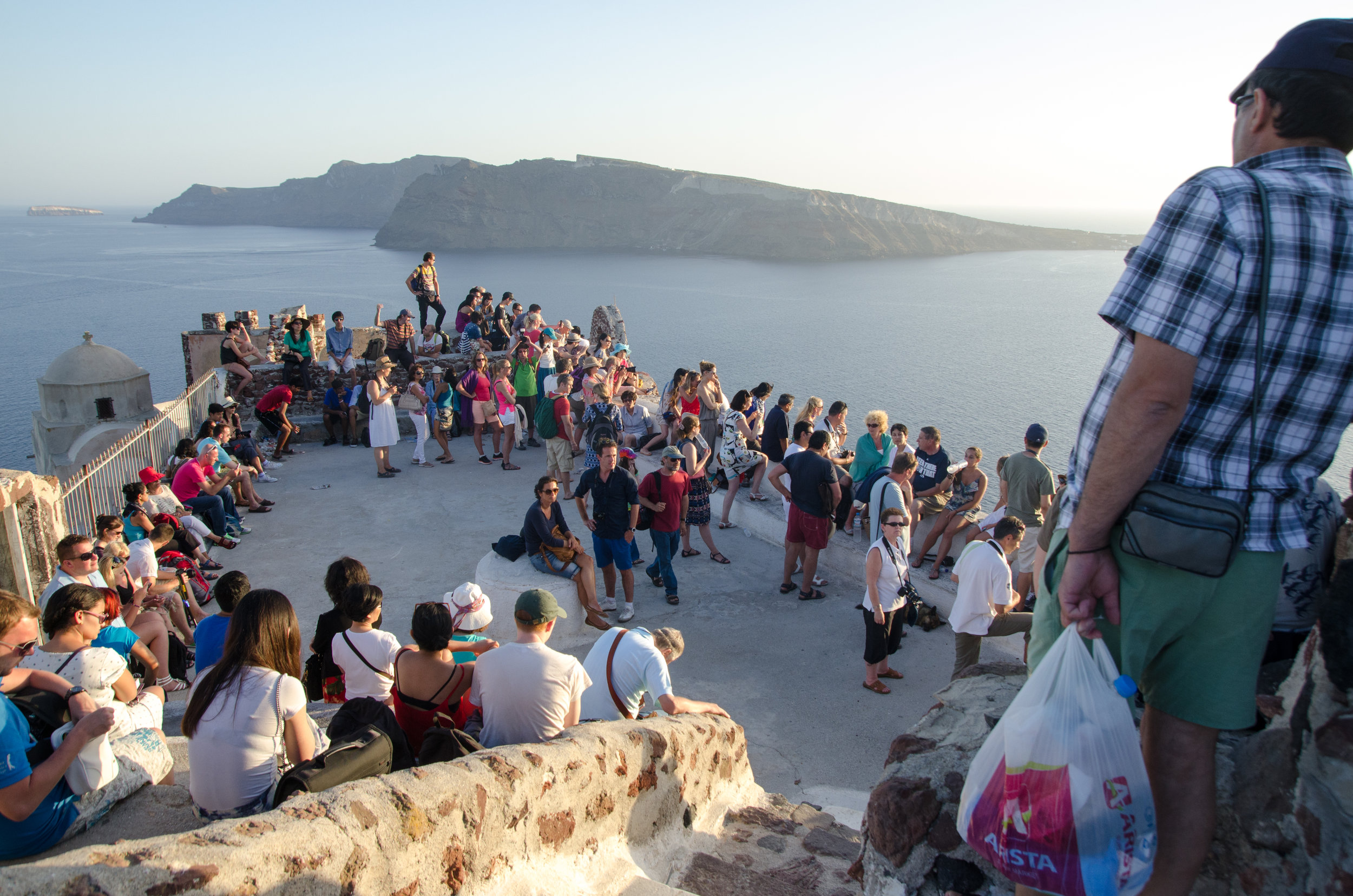
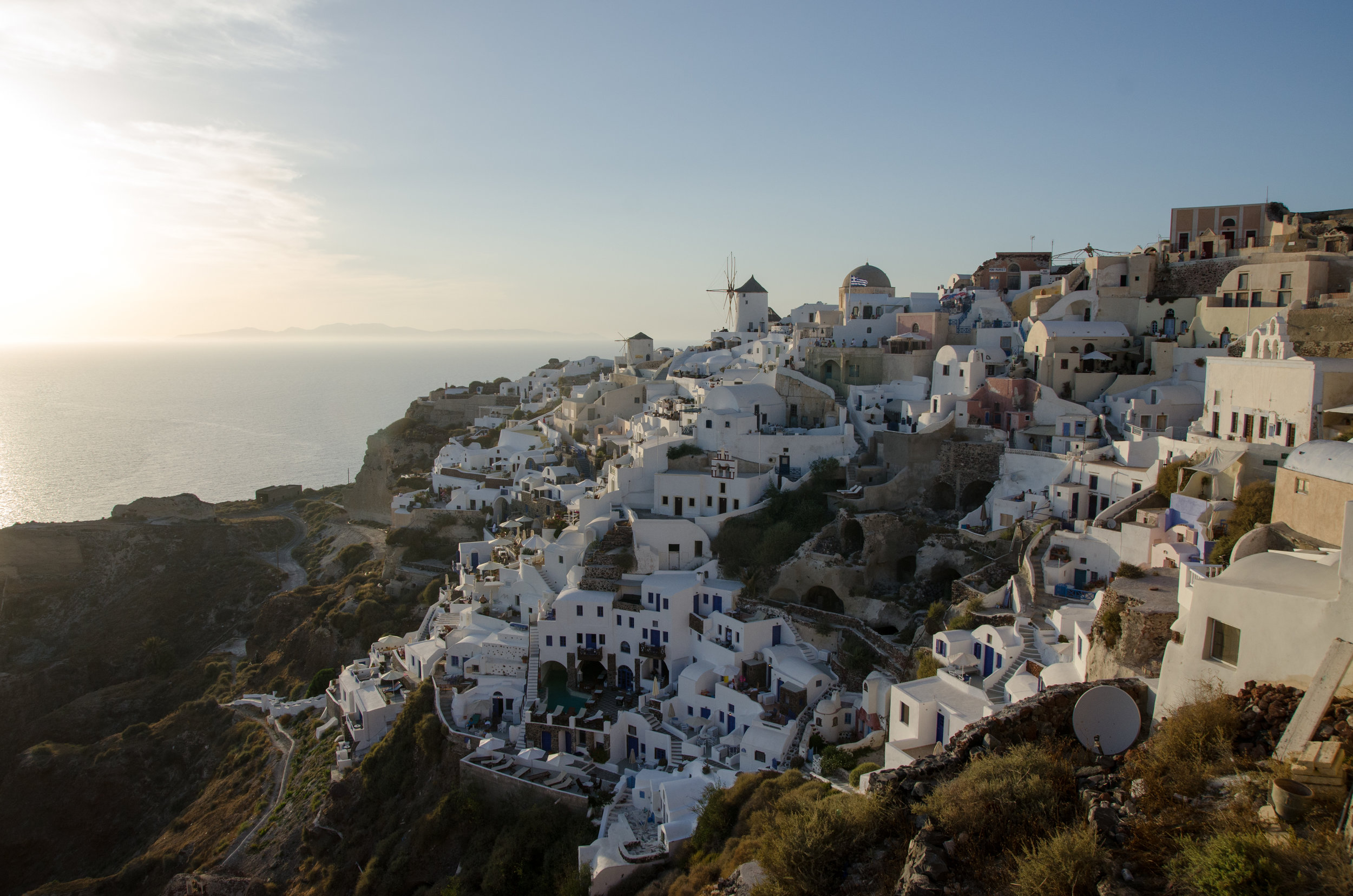
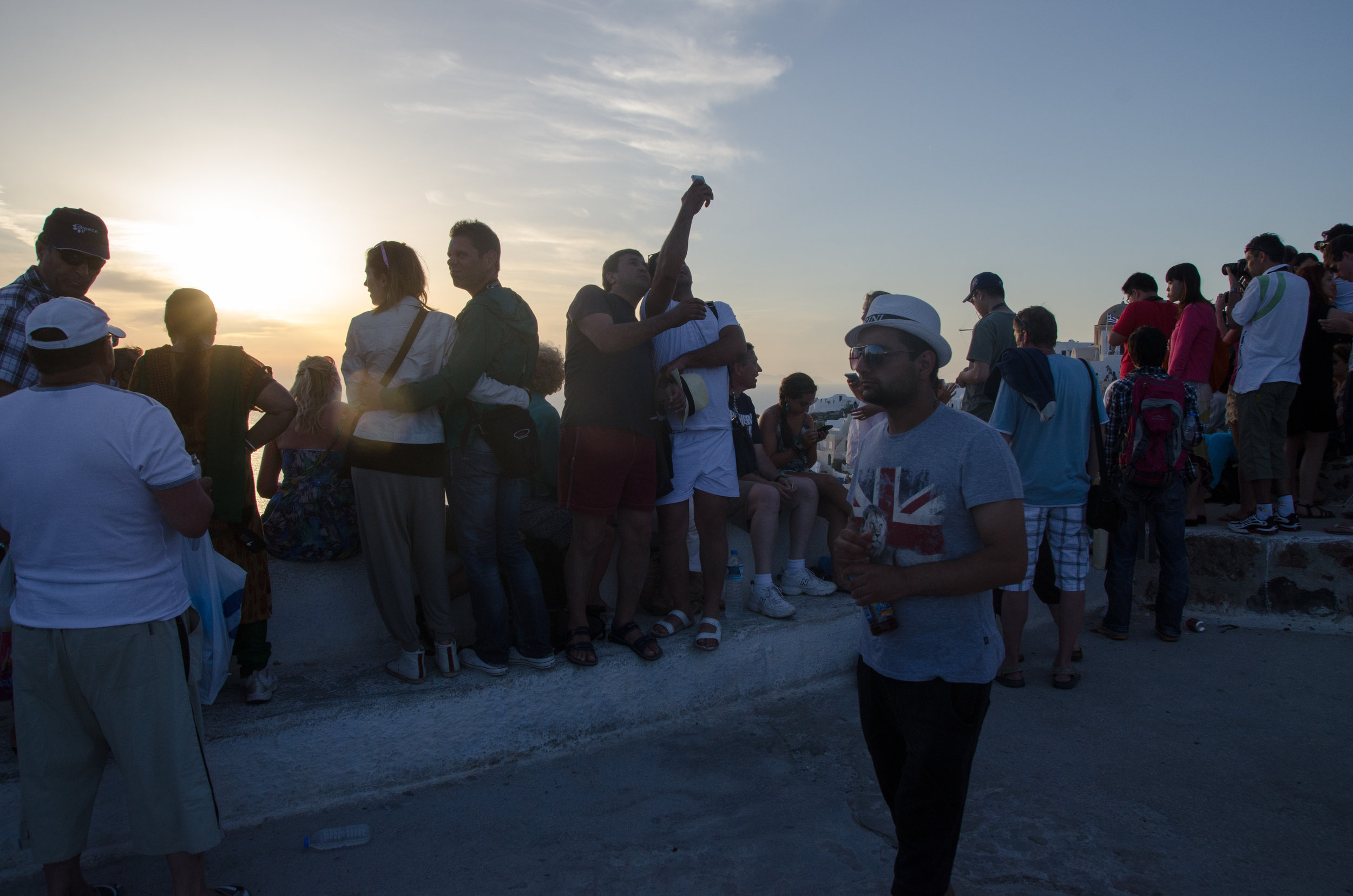

We were told to arrive to Oia around seven to get a good spot. We were also told that the bus from Perissa to Thira only took thirty minutes. We waited for the bus for twenty minutes, it took at least forty to get to Thira, and we arrived after seven to Oia. Note to self: Next time just rent a motorbike or even a 4-wheeler because it will be cheaper and oh so much more convenient than the Santorini local buses.
Also, had I known that the entire island was going to turn out to see this most beautiful sunset, I just might have stayed home. Because when there are SO MANY PEOPLE around it really takes away from the beauty of something, natural or man-made. Andrew summed it up perfectly when he expressed confusion over how we, having lived in Seoul, surrounded by 10,000 people all. the. time. could get so frustrated with the masses of people we’ve been encountering since we touched down in Istanbul last month.
We wandered. We stopped in out of the way alleys with different views- not always of the sun setting- but without other people sitting on the walls around you or stopping in front of you to take a picture without warning or speaking entirely too loudly.
Daring to go to THE best spot, we weaved our way through the masses and then sat mostly on the far, lower wall where we really couldn’t see much. I snuck down and around to the other wall with the view and had to ask someone if I could step in front of them for a quick picture.
When Andrew came down to join me, it seemed a hundred others did as well, and I think I watched more people watching the sunset or photographing themselves in front of the sunset than I did of the actual… sunset. After handing my camera off to Andrew, we both gave up and walked around town instead. We ended up in a parking lot outside of town that had a few others sitting on the wall, an attempt to escape the masses as well. The sun didn’t exactly set, but more like disappeared into the clouds that had come. Even though we left THE spot early, we didn’t really miss much. It took an hour and a half to navigate the local buses back to Perissa, and then had to walk from the far bus stop back to our hotel. We were both kicking ourselves for not having rented a motorbike, but it was a lesson learned. And if you find yourself on Santorini anytime soon, stay away from the buses and rent your own bike or 4-wheel or even car while you’re here!
Santorini is beautiful. And we were told the sunset over Oia, the northernmost town on Santorini was absolutely a “must-see” during our stay. It was beautiful, I’m assuming so, because I couldn’t exactly see it behind the dozens and dozens of others who had come out to see the sun drop. Luckily, I could hand my camera over to Andrew who stand behind others and take a good photo when I couldn’t see and/or reach over them.
